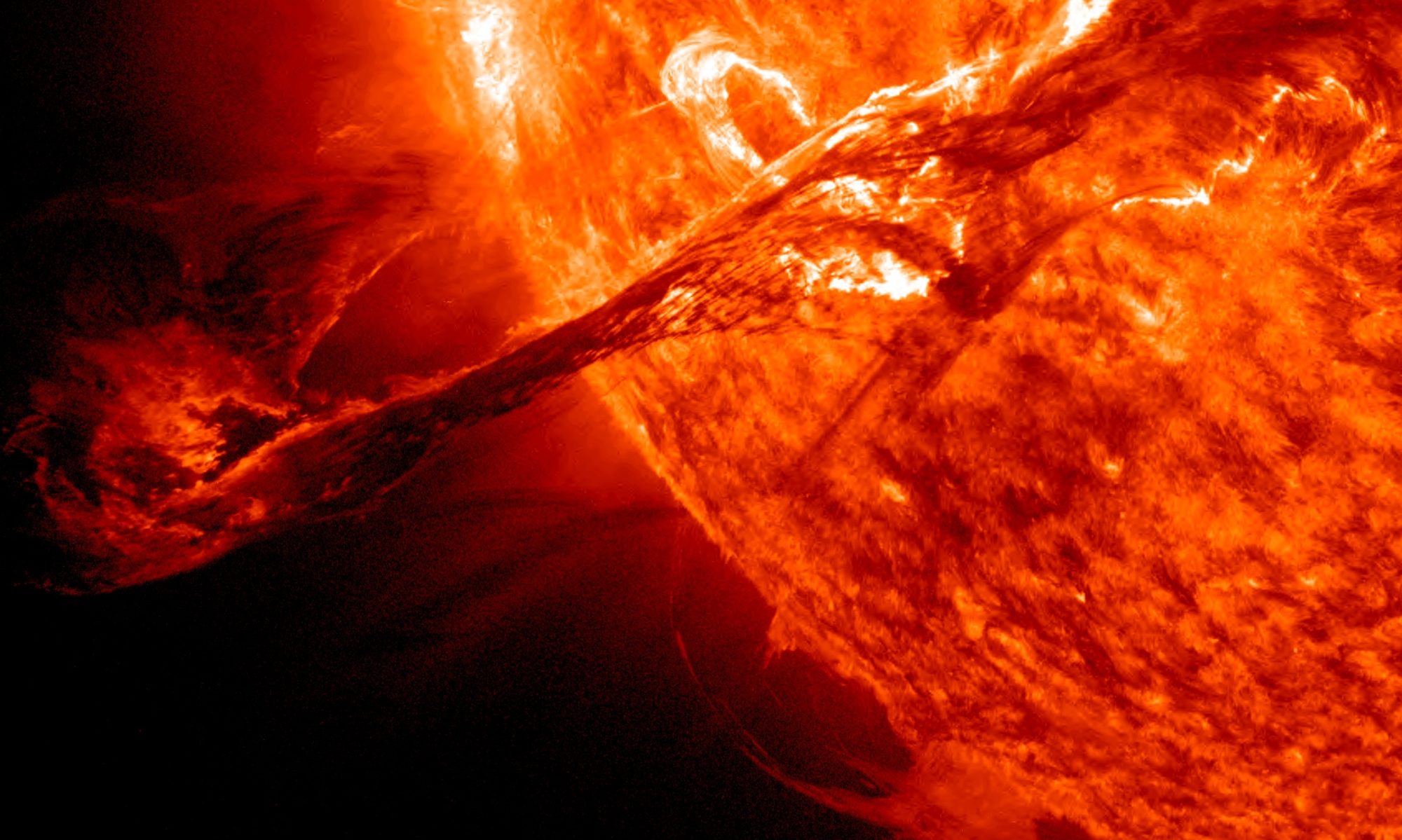DOWNLOAD FULL VERSION HERE: Solar radiation input to the Earth and CO2 emission
Solar radiation input to the Earth and the Earth-Sun distance
Summary by V. Zharkova
The temperature on Earth is determined by the radiation input (W/m2) from the Sun, the heat produced within the solid Earth, and the radiation emitted by the Earth. The radiation coming from the Sun may, in first approximation, be approximated by that of a 5800 K black-body; the radiation emitted by the Earth may be approximated by that of a 280 K black-body. Consequently, a large part of the solar radiation input to the Earth falls within the visible range of the spectrum, while the radiation emitted by the Earth falls primarily within the infrared part of the spectrum. As a direct result, the Earth’s atmosphere absorption characteristics for the incoming solar radiation and the outgoing Earth’s radiation are very different.
Various models, based on measurements, exist for the determination of the variation of these heat inputs over time. So, the history of the heat balance of the Earth can be modeled from the past to the future and the history of the resulting Earth’s temperature can be determined. However, it is important to realize that, even today, various aspects of the processes determining the heat balance are not completely understood and the models therefore only have a limited prediction accuracy.
Solar irradiance variations in the past can be determined by measuring the history of biomass radioisotopes (e.g., cosmogenic radioisotopes (14C and 10Be) in paleoclimate records) and by using the historical sunspot number records. By combining this information with actual solar activity measurements obtained during the last decades and physical laws about the processes within the Sun, the variation of the solar activity can be modeled to some extent.
The power density (W/m2) of that radiation is, of course, dependent on the intensity of various processes occurring in the Sun, usually identified by the term ‘solar activity, and the distance of the Earth from the Sun.

